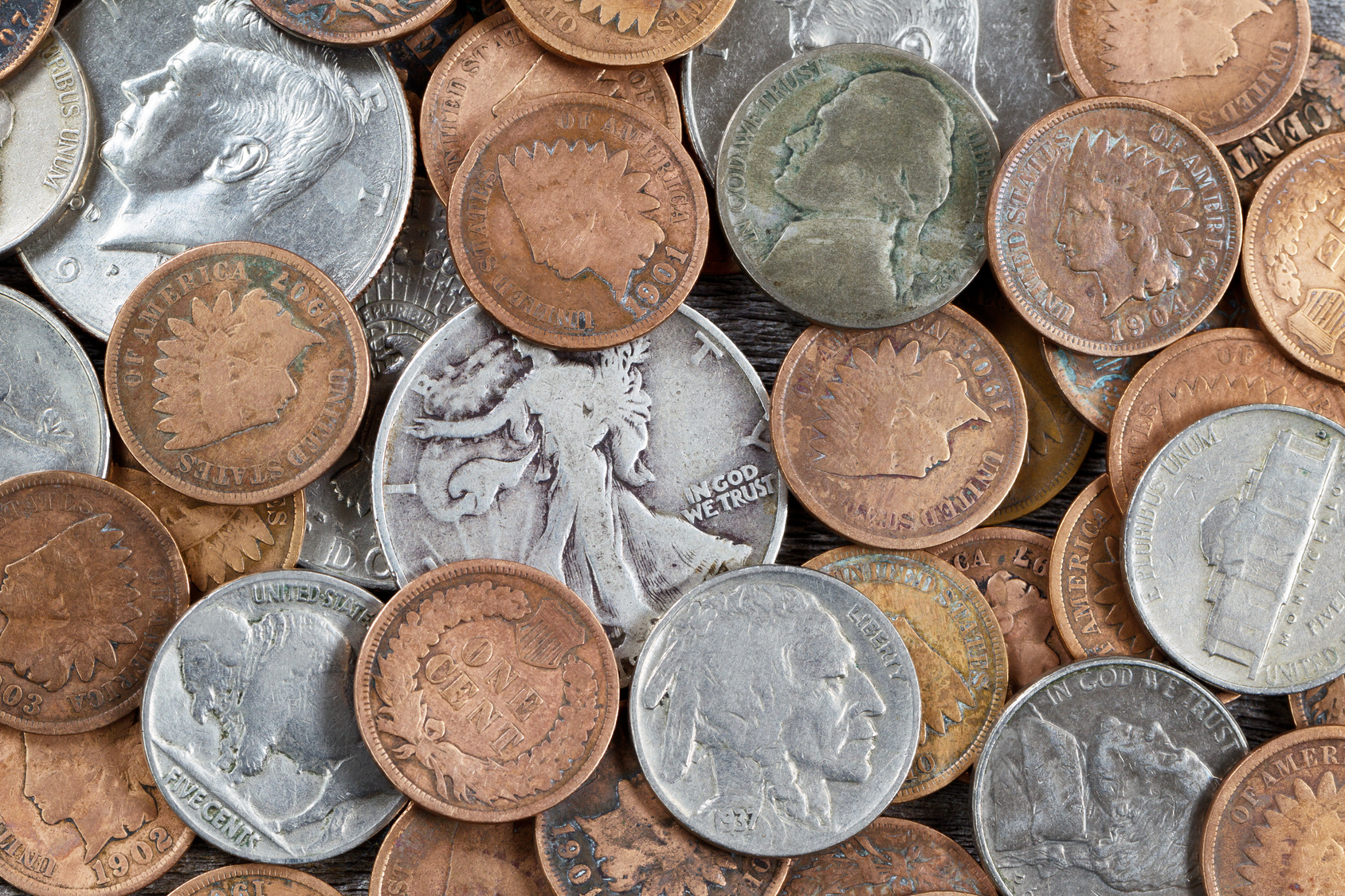

Known as the Fugio cent, it bears the image of a sun and sundial above the message “Mind Your Business.” A chain with 13 links, each representing one of the original colonies, encircles the motto “We Are One” on the reverse.ĥ. Benjamin Franklin reportedly designed the first American penny in 1787. Mint struck its first one-cent coins-then the size of today’s half-dollars and 100-percent copper-in 1793, Americans continued to use the British term out of habit.Ĥ. The official term for the American penny is “one-cent piece.” However, when the U.S. Today’s British pennies (called “pence” when referring to a quantity of money) are worth one hundredth of a pound and minted in copper-plated steel.ģ. Offa, an Anglo-Saxon king, introduced the first English coin known as the penny around 790 A.D. The word “penny” and its variations across Europe-including the German “pfennig” and the Swedish “penning”-originally denoted any sort of coin or money, not just a small denomination.Ģ. Washington, botanist George Washington Carver and the first Revolutionary War casualty, Crispus Attucks, all of whom were black, have also appeared on commemorative coins, according to the U.S. Mint distinguishes between circulating coins, which are intended for daily use, and commemorative ones, which mark special occasions.Īfrican-Americans including Jackie Robinson, who broke baseball's color barrier, have appeared on commemorative coins. The 2003 Missouri quarter features the three men together in a canoe on the obverse. The first African-American to appear on a circulating coin was York, a slave who accompanied Lewis and Clark on their "Corps of Discovery" adventures across America at the dawn of the 19th century. His orchestra's theme song, "Take the A Train," is one of the best-known compositions in jazz.Įllington was born in the district in 1899 and composed more than 3,000 songs, including "Satin Doll," "Perdido" and "Don't Get Around Much Any More." "It Don't Mean a Thing If It Ain't Got That Swing" helped usher in the swing era of jazz.Įllington performed with other famous artists, including John Coltrane, Louis Armstrong and Ella Fitzgerald, and he traveled around the world with his orchestras. voters, which was "taxation without representation," in protest of the district's lack of voting representation in Congress.Įdward Kennedy "Duke" Ellington received 13 Grammy Awards and a Pulitzer Prize, among numerous other honors. residents, beating out abolitionist Frederick Douglass and astronomer Benjamin Banneker.Īlso on the coin is the phrase "Justice for all." The Mint rejected the first inscription choice of D.C. Members of Ellington's family were present at the ceremony, and the jazz band of Duke Ellington High School performed.Įllington won the honor by a vote of D.C. Mint Director Ed Moy introduced the new coin at a news conference Tuesday at the Smithsonian Institution's National Museum of American History. The coin was issued to celebrate Ellington's birthplace, the District of Columbia. George Washington is on the "heads" side, as is usual with U.S. Ellington, the composer of classics including "It Don't Mean a Thing If It Ain't Got That Swing" appears on the "tails" side of the new D.C.


 0 kommentar(er)
0 kommentar(er)
